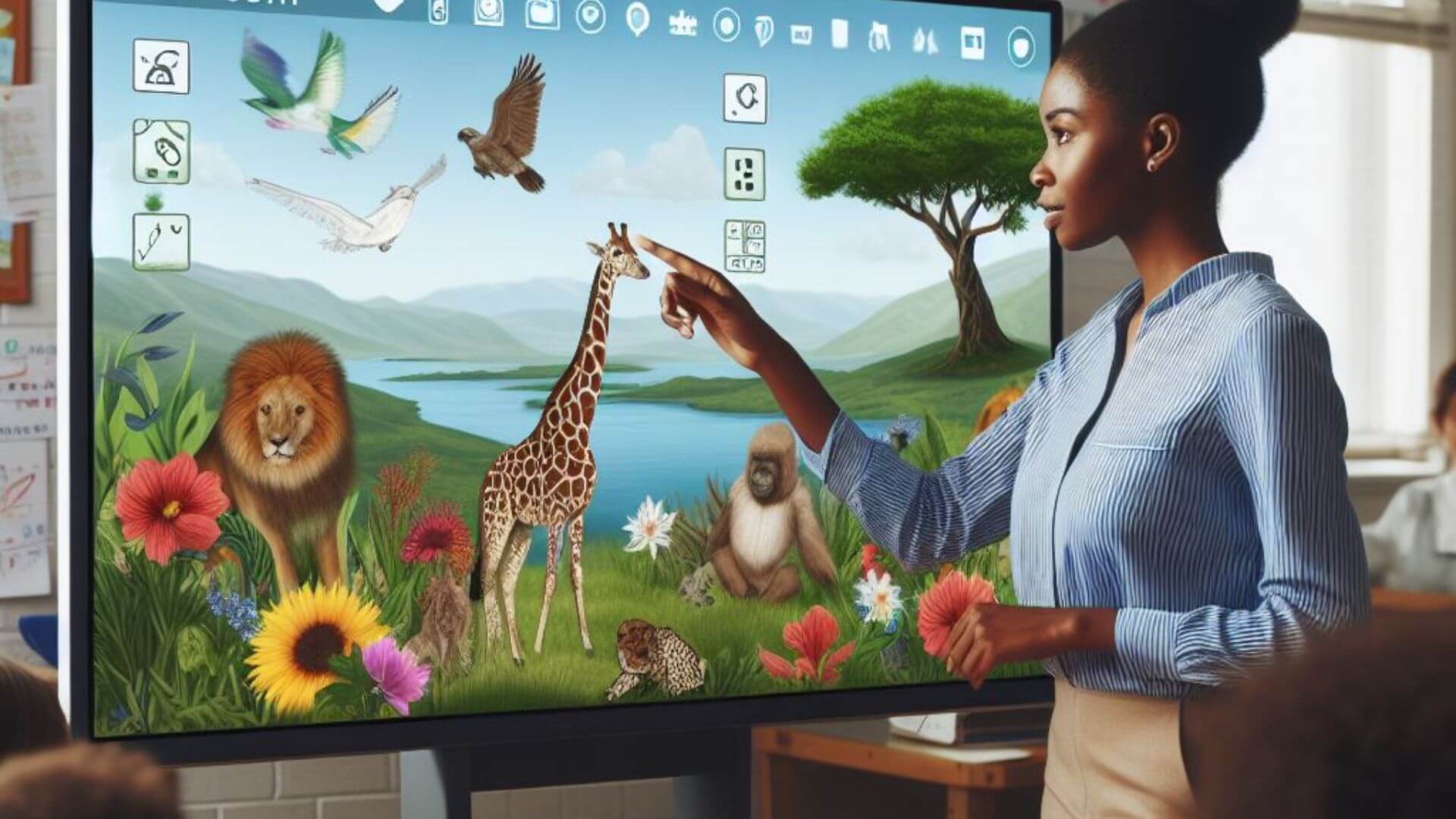Interactive flat panel display (IFPD) and traditional whiteboard are two common tools that teachers use to present and explain their lessons. Both have their pros and cons, and choosing the right one for your classroom depends on several factors, such as your budget, your teaching style, and your students’ needs. In this article, we will compare and contrast IFPD and traditional whiteboard, and help you make an informed decision.
What is IFPD and Traditional Whiteboard?
IFPD is a large touchscreen device that can display digital content, such as images, videos, documents, and websites. It can also function as a computer and a projector, and allow teachers and students to interact with the content using touch, stylus, or remote control. IFPD can support various software and platforms, such as Windows, Mac, Android, iOS, and Chrome.
Traditional whiteboard is a large surface that can be written on with markers or chalk. It can also be used with a projector to display digital content, but it does not have any interactive features. Traditional whiteboards can only support one input at a time, and it requires regular cleaning and maintenance.
Advantages of IFPD :
- Quality: IFPD can provide high-quality and high-resolution images and text, which can improve the clarity and readability of the content.
- Interactivity: IFPD can offer high interactivity and functionality, which can enhance the engagement and participation of the students. Teachers and students can use multiple touch points and gestures, such as zoom, drag, rotate, and swipe, to manipulate the content.
- Collaboration: IFPD can facilitate high collaboration and communication, which can foster group work and peer learning. Teachers and students can share their screens, work together on the same document, or join a video conference with other classrooms.
Disadvantages of Traditional Whiteboard:
- Quality: Traditional whiteboards can have low-quality and low-resolution images and text, which can affect the visibility and legibility of the content.
- Interactivity:Traditional whiteboards can offer low interactivity and functionality, which can limit the involvement and feedback of the students. Teachers and students can only use one input at a time, such as a marker or a mouse, to control the content.
- Collaboration: Traditional whiteboards can hinder collaboration and communication, which can isolate individual work and learning. Teachers and students can only see their own screens, work separately on different documents, or rely on audio calls with other classrooms.
How to Choose the Right Interactive flat panel display for Your Classroom
If you are considering to buy an interactive flat panel display for your classroom, here are some tips to help you choose the right one:
- Assess your needs: Before you buy an interactive flat panel display, you should assess your needs and preferences, such as your teaching goals, your curriculum, your students’ abilities, and your classroom size and layout. You should also consider your budget and resources, such as your funding, your space, and your infrastructure.
- Compare your options: After you assess your needs, you should compare your options and evaluate their features and benefits, such as their quality, interactivity, collaboration, and cost. You should also check their reviews and ratings, and ask for recommendations from other teachers or experts.
- Test your choice: Before you finalize your choice, you should test your interactive flat panel display and see how it works in your classroom. You should try out its functions and features, and see how it fits your needs and preferences. You should also ask for feedback from your students and colleagues, and see how they like it.
Conclusion
Interactive flat panel display are a useful and versatile tool that can improve your teaching and learning. However, it also requires careful planning and preparation to choose the right one for your classroom. By following the tips mentioned above, you can find the best interactive flat panel display for your classroom and make the most of it.





